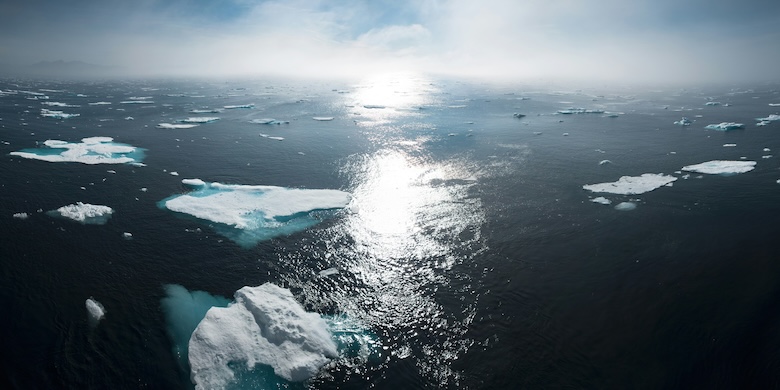
AI’s escalating demand for water, particularly for cooling data centers, is exacerbating global freshwater scarcity. Tech giants like Microsoft, Google, and Meta have pledged to replenish more water than they consume by 2030, but with AI’s projected water usage reaching 6.6 billion m³ by 2027, the sustainability of such practices is questionable. This raises concerns about the social and environmental impacts of AI, calling for more holistic, integrated thinking and clearer regulations on AI water consumption.
Amid these concerns, the emergence of innovative solutions aimed at reducing the water footprint of AI operations is gaining momentum. Companies are exploring alternative cooling technologies, such as using seawater and treated wastewater, which could significantly decrease freshwater usage. Additionally, the development of more energy-efficient AI hardware and algorithms promises to lessen the overall environmental impact, including water consumption. These efforts underscore the tech industry’s potential to address sustainability challenges head-on. However, without widespread adoption and continued investment in such technologies, the gap between AI’s water use and global water availability may continue to widen. This situation underscores the urgent need for industry-wide standards and practices that prioritize water stewardship in the rapidly expanding field of artificial intelligence.

